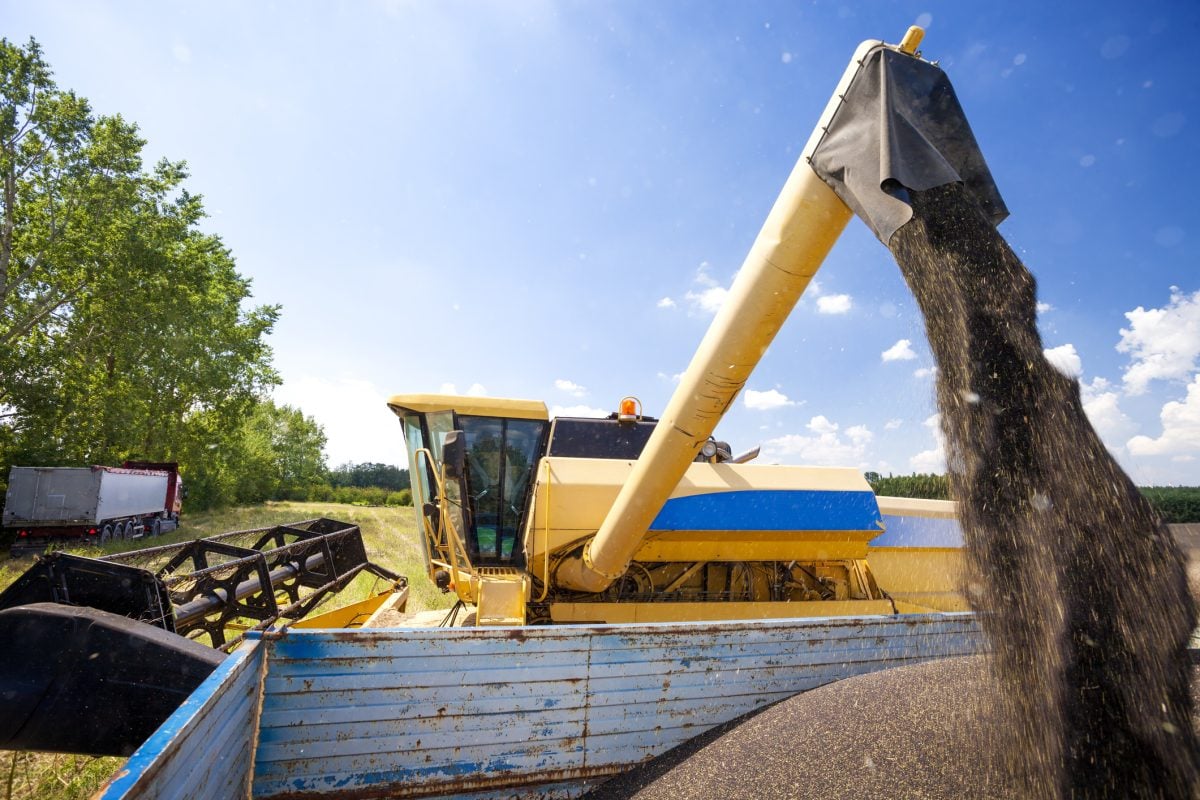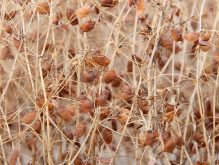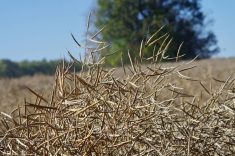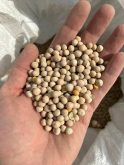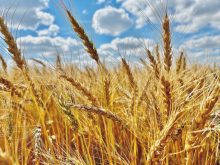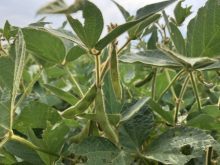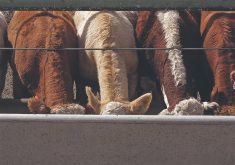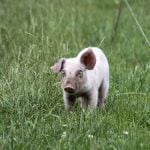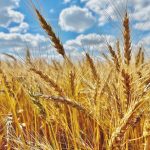Glacier FarmMedia | MarketsFarm — Harvest operations in Manitoba pressed ahead during the week ended Aug. 18, with fall rye and winter wheat leading the way.
Manitoba Agriculture reported both crops were about 52 per cent harvested, with the least in the southwest at 25 per cent and most in the central and eastern regions at 80 per cent. Early estimates placed yields for both crops at 40 to 90 bushels per acre, depending on how dry or moist a region was.
The spring wheat harvest reached six per cent finished, with the northwest at one per cent and the central and Interlake at 10 per cent. Yields so far were calculated at 45 to 75 bu./ac.
Read Also
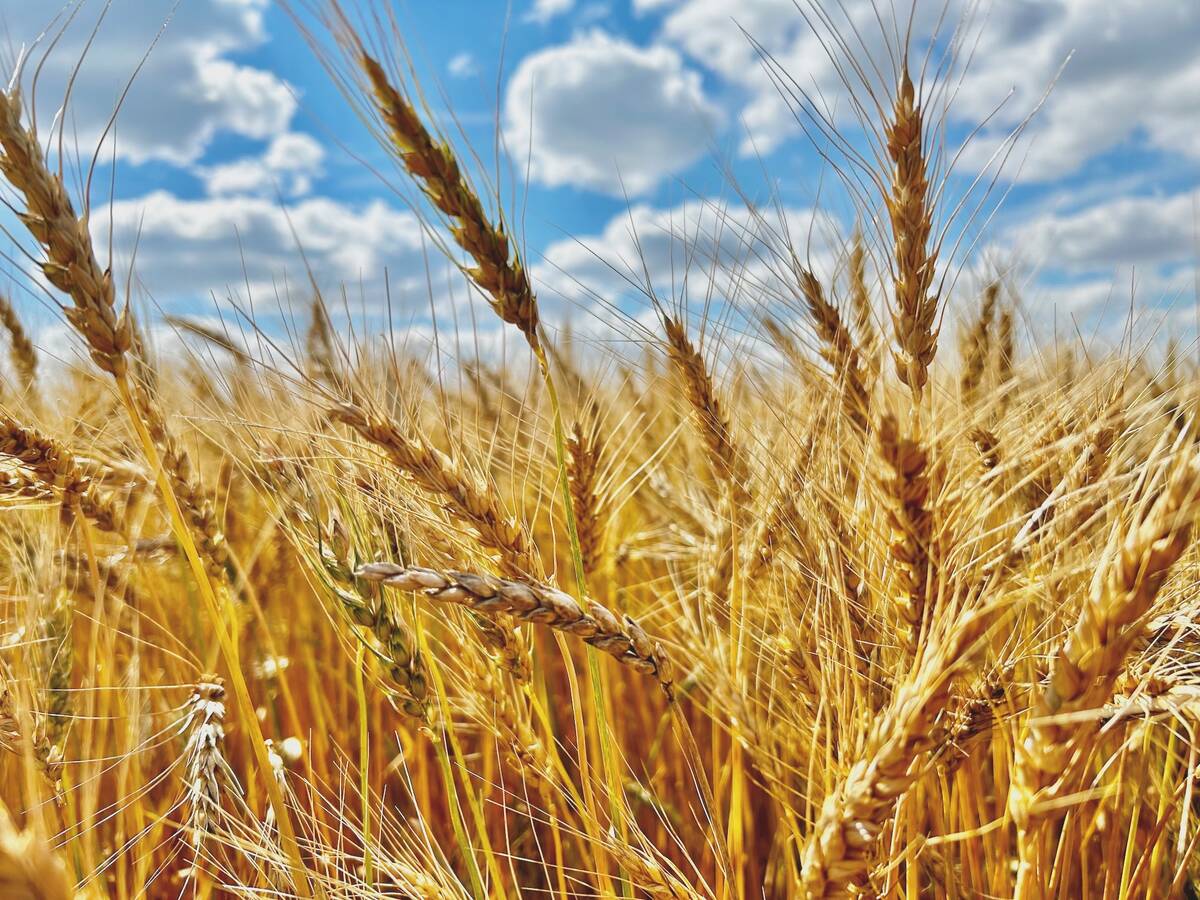
Prairie Wheat Weekly: CWRS slips, as CPSR, durum rise
Spring wheat cash prices were mixed while those for durum were a little higher across the Canadian Prairies for the two-week period ended Jan. 6.
Wheat conditions by region had the Interlake at 90 per cent good to excellent, with the central, eastern and northwest at 80 per cent. The southwest was at 90 per cent good.
The barley harvest was pegged at eight per cent done ranging from five per cent in the Interlake and 20 per cent in the central. The oats were at four per cent combined, with the eastern and Interlake regions at five per cent in the bin and the central at 10 per cent.
As for the province’s corn, it’s in the R2 to R3 stages. Corn for silage was reported to be growing well in most areas.
The province’s field peas were 19 per cent combined, with the southwest at 10 per cent done and the central at 30 per cent. Yields were reported to be averaging 60 bu./ac. The fields not being combined were in the R6 to R7 stages with desiccation underway.
The canola harvest barely started with the central region at two per cent finished with preliminary yields of 45-55 bu./ac. No other region reported any combining of canola.
Among other oilseeds, flax was said to be filling bolls with some fields changing colour. Most sunflowers were in the R5 stage with full to late flower. Soybeans were in the R5 to R6 stages.
Recent rains have slowed some of the haying, but overall production was reported to be average. While some dairy farmers began a third cut of hay, cattle producers were struggling with a second cut.

